
Water reshapes more than just shorelines—it shifts the future of entire cities. The ground is slowly sinking in certain places while the ocean quietly rises. A recent study by Virginia Tech researchers pinpoints danger zones along all three U.S. coasts. Here are ten cities facing the greatest risk.
Miami, Florida
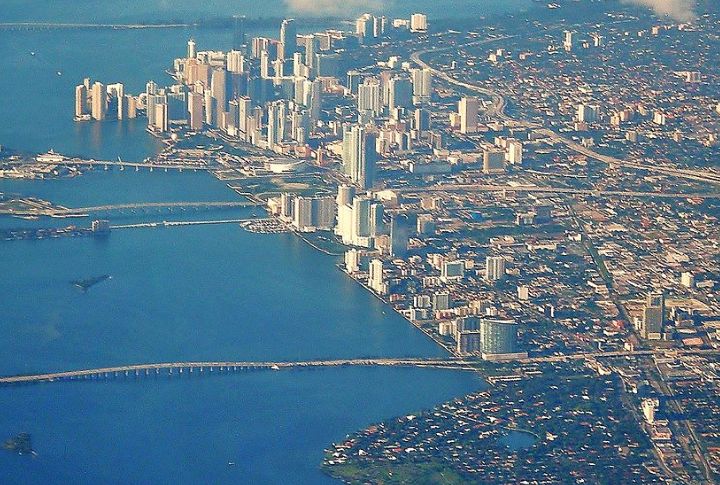
It doesn’t take a storm to flood the streets in Miami—sometimes, the tide alone is enough. King tides now send water surging through neighborhoods, and saltwater creeps into the drinking supply. With the ground sinking and sea levels climbing, 80,000 homes and over 122,000 residents face growing flood risks.
New Orleans, Louisiana
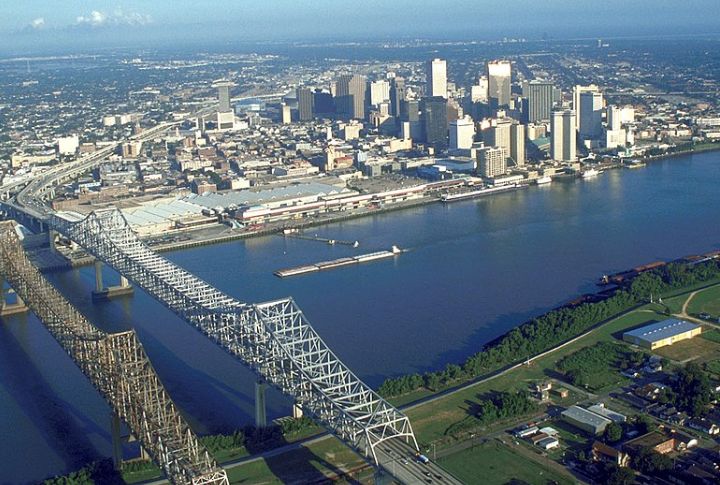
Sitting six feet below sea level, New Orleans has little room to sink—but it’s doing so anyway. Parts of the city are sinking by as much as 40 millimeters a year, one of the fastest rates in the country. That growing elevation gap became clear during Hurricane Katrina. Since then, levees have been reinforced, and buildings have been raised.
Biloxi, Mississippi

Why does the FEMA map keep changing? Because the ground won’t stop shifting. Biloxi has seen its flood risks spike from sinking soil and relentless coastal erosion. Storm surges hit hard here, and after Hurricane Katrina reshaped the area’s flood zones, long-term livability, and infrastructure resilience have become open-ended questions.
Mobile, Alabama
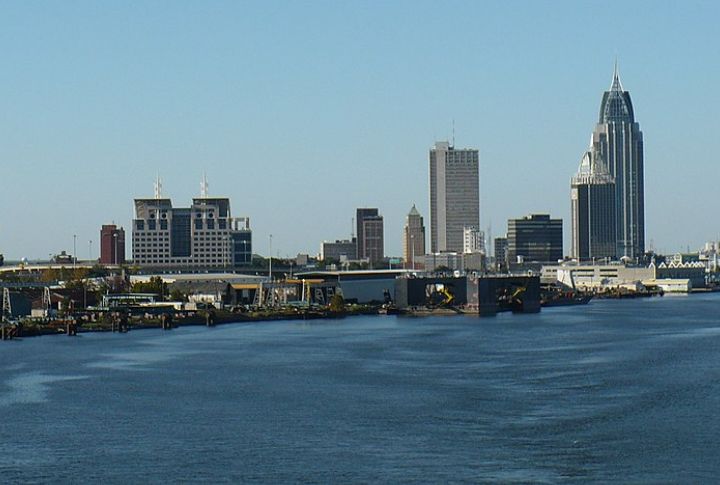
If rain had a favorite vacation spot, it might be Mobile. As one of the rainiest cities in the country, it sees frequent flash floods, especially during storms. Rising tides and heavy rainfall collide with sinking land, and a combination that satellite data confirms is steadily increasing local flood risk.
Naples, Florida
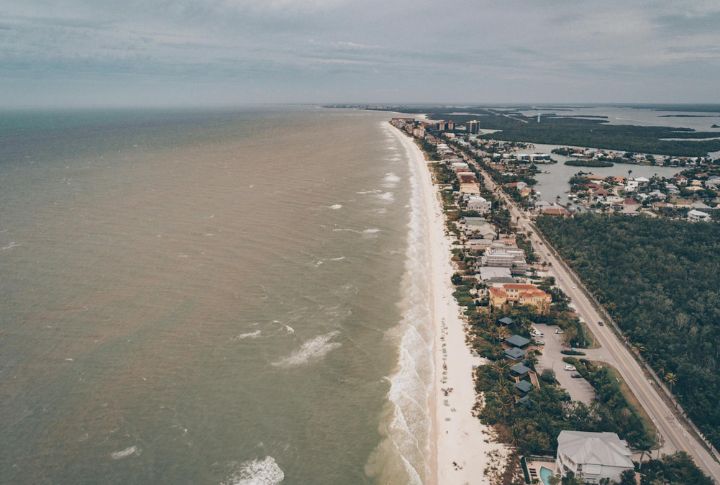
Hurricane Irma peeled back the curtain in 2017, forcing Naples to confront just how flood-prone it had become. In the years since, tidal flooding has surged in frequency, prompting updated flood zone maps in 2024 that now cover more ground. By 2050, the outlook grows wetter—and so do the streets.
Atlantic City, New Jersey
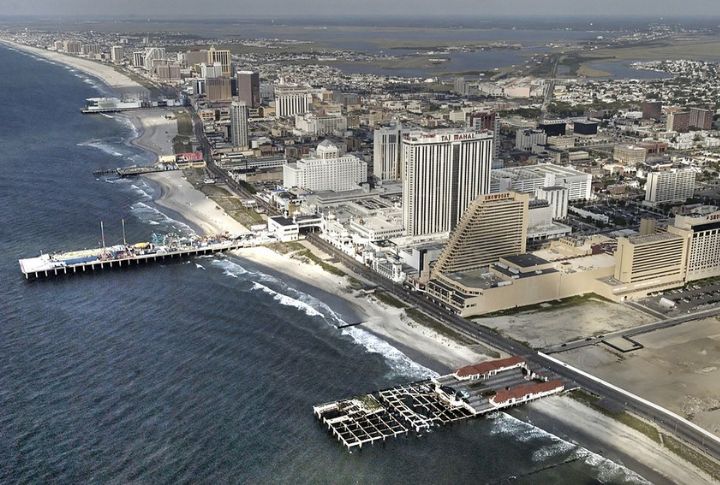
How can an entire city be at risk of flooding? That’s already the case in Atlantic City—100% of buildings face potential water damage. As land subsides and seas rise, satellite data confirms the flood zone is expanding. By 2050, nearly 9,700 homes may be underwater if trends continue.
Port Arthur, Texas
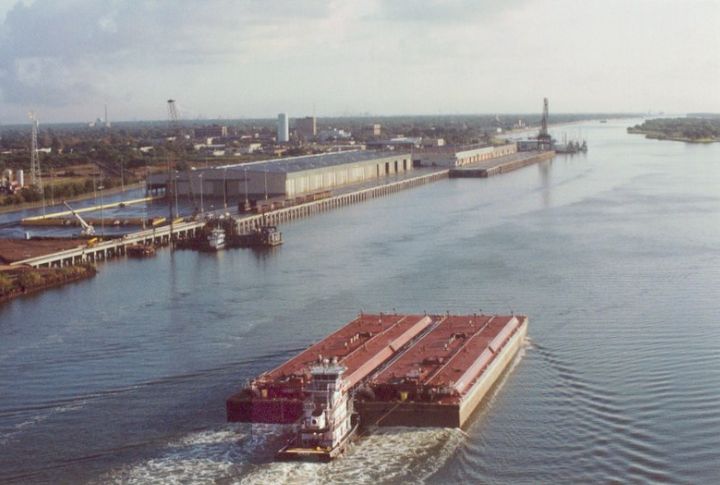
Being close to sea level raises long-term concerns, but Port Arthur isn’t standing still. Hurricane Harvey delivered a harsh preview of what rising waters can do. In response, FEMA maps have been updated, revealing widening flood zones, and new floodwalls and levees are going up, designed to hold back even century-scale storms.
Galveston, Texas
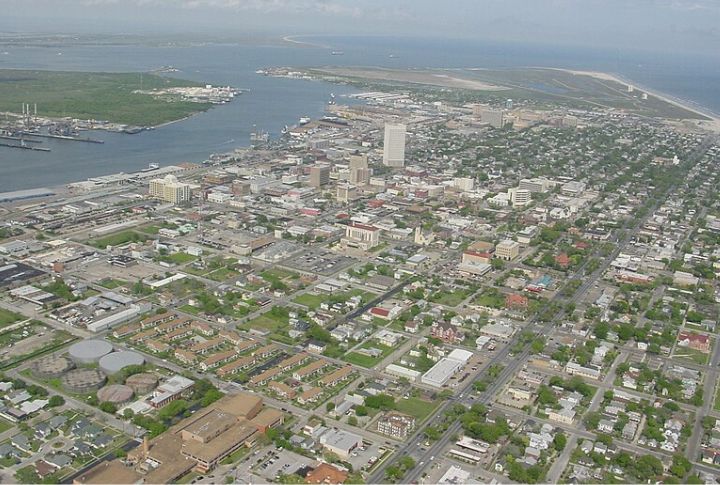
Just imagine living where storm surges have hit 22 feet—and knowing more water is coming. That’s an everyday reality in Galveston. New sea level projections point to six feet of flooding in the next 30 years. Add in sinking land, and it’s easy to see why concerns keep rising.
Corpus Christi, Texas
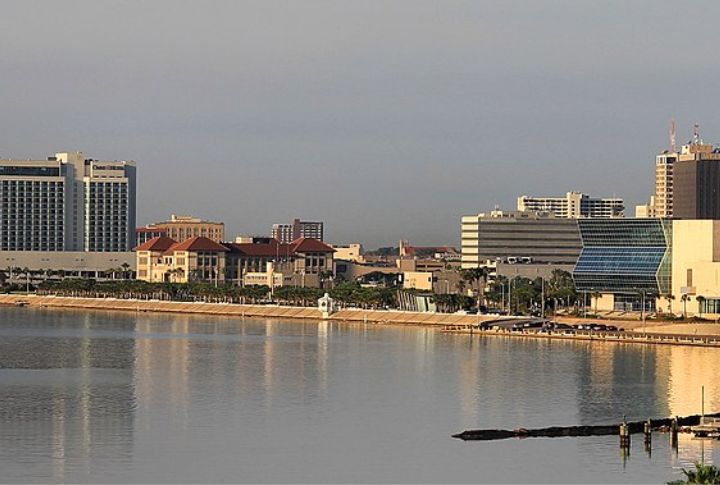
Few places have faced down water like Corpus Christi. With 18 federal flood disaster declarations, the city knows what repeated flooding looks like. Land is sinking, and 60% of buildings are expected to be at flood risk in 30 years. What is the annual flood chance? A staggering 74%.
Lake Charles, Louisiana

In 2020, Hurricane Laura left streets underwater and homes battered. But the story didn’t end there. The terrain kept lowering, and the flood zones kept spreading. Today, 46% of Calcasieu Parish, home to Lake Charles, is classified as a severe flood zone—an unsettling trend that may worsen with the next major storm.
